Herbicides - a good auxiliary tool for the fight against weeds on the nursery. But if they are wrong to apply, you can not only not defeat the grass, but also seriously harm cultural plants.
Types of herbicides
Under herbicides, any drugs that cause the death of weeds, shrubs, trees that prevent the development of cultivated plants are implied. This method of struggle is most effective because it allows without difficulty to treat large areas of the Earth.
Of course, the use of herbicides does not carry so many positive results as an elementary weeding, because the constituent of the drug fall into the soil and act except weeds, and on a useful plant. But the gardeners and agronomists have come out now at the level of work when manual labor cannot cope with the necessary requests, so the use of chemicals to combat weeds is relevant.
During the existence of herbicides, various companies have developed their own products that differ in principle of action, safety, efficiency, so those who want to use these funds must first of all understand them.
Solid and selective drugs
According to selectivity, solid and selective drugs are distinguished. The first destroy all living plants on the site, without having an election. The second works selectively, destroying only concrete weeds.
For use in the household site, selective herbicides are needed, because solid destroy all vegetation, including useful. And if you need to remove all the grass (for example, for the preparation of the industrial site), more powerful preparations should be chosen - the herbicides of continuous action.
System and contact herbicides
The action of herbicides can be both local and systemic. Drugs of local action fall on the deciduous cover and destroy it, but do not penetrate the vessels deep into the root system. They are good for the destruction of weak annual weeds.
Systemic herbicides act inside the plant. They penetrate the conductive vessels and spread throughout the plant, penetrating into its cells. There, chemicals form strong irreversible complexes that destroy the body from the inside. The use of herbicides of this type is rationally, if you need to destroy large thickets of durable and persistent perennial plants.
Soil and soil
By the ability to penetrate into the soil and act in it is the herbicides are soil and soil. The first penetrate with water to roots and destroy the plant in the infancy - as a seedlings. And soil preparations can only penetrate through the green parts of the plants, so they are used when dealing with more mature plants.
Terms of use of herbicides
Herbicides are potentially hazardous substances, so they need to competently cost them. The indiscrimination of the action of many of them, toxicity can contribute to the death of a crop on a plot or accumulation of harmful substances. Therefore, it is important to choose the desired drugs and use them correctly.
The choice of the most successful drug
To protect yourself from too harmful herbicides, it is recommended to acquire only those drugs that recommends the Ministry of Health of Russia in annually published by the "list of pesticides and agrochemicals permitted for use". The document shows not only the names, but also the characteristic of herbicides, the rules of their application.
By choosing the drug, you should consider many factors:
- Where the herbicide will be used. If the tool is needed to eliminate herbs on a plot under landscape design, flower beds and other similar needs, you can use stronger and toxic substances, and for the country and garden plot, you should choose more secure and selective.
- What weeds need to fight. For strong perennial plants, herbicides should be used from the weeds of the soil type of system action, and for weaker contact preparations will be suitable.
Particularly proved drugs based on glyphosate. It is a tornado, roundup, high grained, grain, glyphos, etc. They are systemic means, destroy almost all weeds, acting selectively. At the same time, for the plant, useful insects, animals and human harm is practically no.
Preparation of dilution
Preparations from weeds are sold in the form of powders or concentrated solutions, so before use they must be prepared correctly. The user must have an instruction in which the required breeding and elementary principles of use indicates for each herbicide. Remember that when preparing the drug, you need to be very neat because it contains toxic substances. If it is hit by the mucous membranes of the eyes, mouth, nose, etc. Immediate processing and assistance is required.
Preparing breeding should take into account the possible consumption of herbicides. To do this, it is necessary to calculate the area of \u200b\u200bthe processed area.
If you are struggling with cereal weeds and some annual plants, the main drugs are divorced at the rate of 40 ml of a substance per weave of the garden. To destroy more serious weeds, it is necessary to increase the dose of the drug 1.5 times. For the destruction of trees and stumps, cuts are made in them, in which 25-50% of the solutions of herbicide are poured.
Plant treatment
Processing plants, you need to remember your own protection. The clothes should cover all the parts of the body tightly, and it is advisable to wear a mask and glasses on the face. This will prevent the ingress of toxic substances on the skin and in the blood.
For processing, you should choose a day with solar windy weather. If rain falls after spraying, the effectiveness of the procedure will be reduced. For processing the site, on which fruit trees and vegetable cultures are growing, they are recommended to be wrapped in a film so that the effect on the beneficial plants is minimal.
Plots with grass thoroughly spray poison. Watering need vegetable parts of plants. If the processing is carried out in the fall, the entire area is processed, and if you have adult plants - only the places of their germination.
Terms of treatment with drugs with drugs
There are different approaches to the time of processing the site. To destroy perennial large plants, it is better to handle the plot in the fall to damage large roots before wintering. If the alleged cultural plants grow tightly (wheat, peas, mustard, etc.), then pre-sowing and truster processing is carried out. For the rest of the plants, it is recommended to destroy weeds along their development, making 2-3 processing per year.

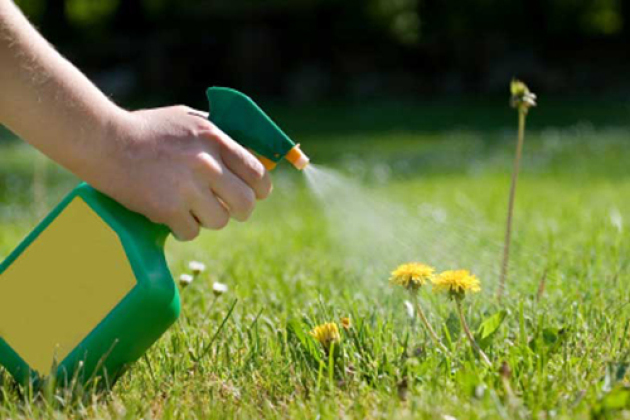
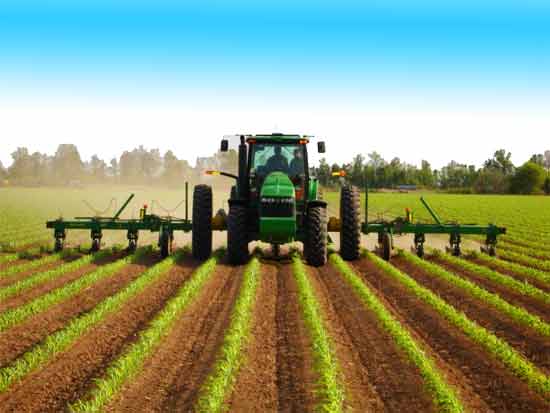
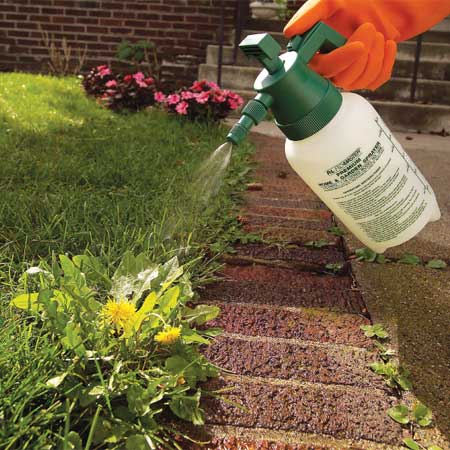
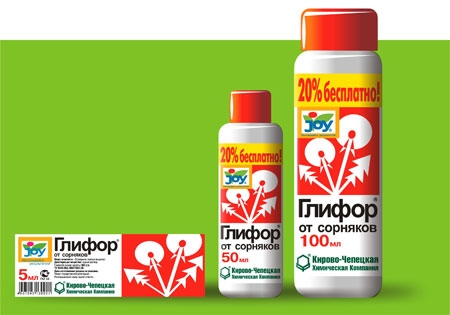
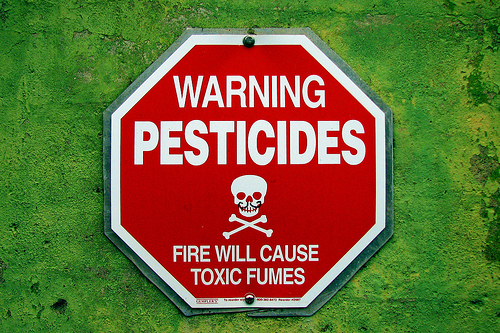
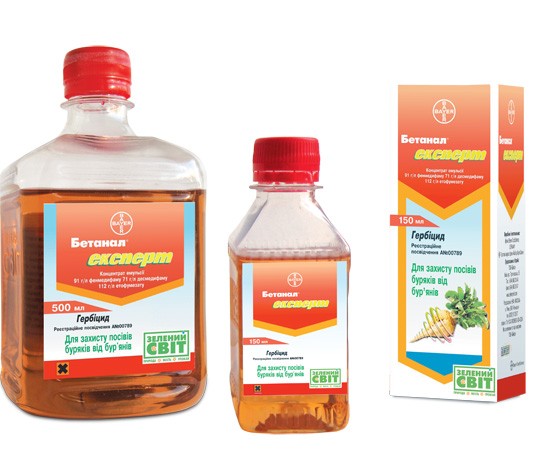






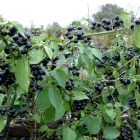
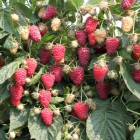
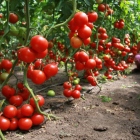
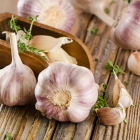
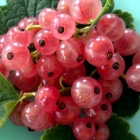
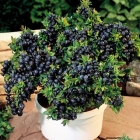
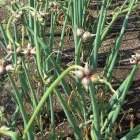
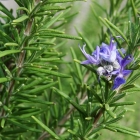
 Start a discussion ...
Start a discussion ...